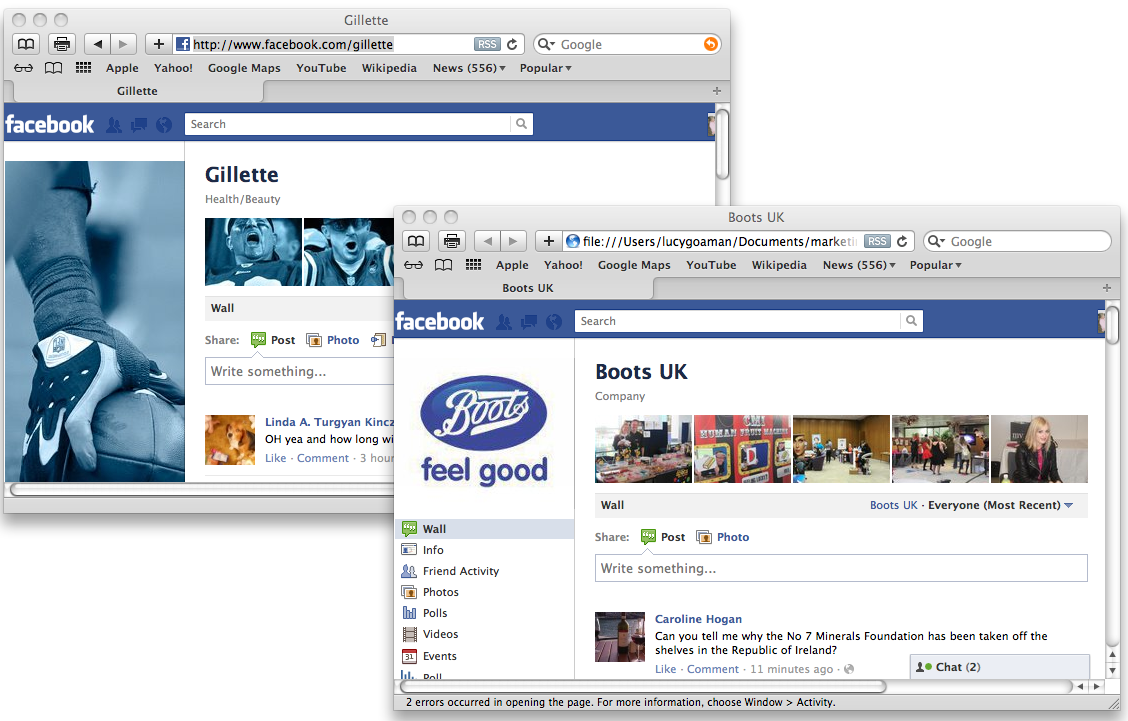 Has the rise of digital technology had an impact on your business, and your life? Has it given you more time or eaten it away?
Has the rise of digital technology had an impact on your business, and your life? Has it given you more time or eaten it away?
For many of us the day is now a 24-hour operation, no longer the 8.30am – 6pm days of old. My Withings watch reliably informs me every morning that I have clocked less and less sleep. My phone beeps and lists for me all the updates and communications activity across multiple channels for numerous brands since my head hit the pillow 6 hours before. And so the day begins.
Marketers are undoubtedly working significantly longer hours as technology advances, perversely. In many businesses marketers are required to be ‘on’ a lot more, with real-time messaging and communications, as the battle for the share of voice online heightens. As technology provides greater flexibility, and in many cases far greater accessibility to brands, and the teams behind the brands, demand on content and time has dramatically risen.
In the ‘good old days’ when annual brand and media plans were crafted, aligned and signed off, everything was rather more scheduled and prescribed. A TV ad would air on a known day with pre determined frequency and channel list to a well research audience profile. A product line would launch after 18 months of hard toil. A brand team would leave the office each evening knowing that they could switch off, socialise and return the following day to the office with a certain degree of predictability in regards to work tasks. (Unless Asda has decided today is the day they are going to slash the price of blades in their razor category with a national advertising campaign causing anarchy across the UK retailers, and you are sitting in the Gillette office at the other end of the buyers’ phone. Eek. Trust me, it wasn’t a day that was predicted!)
Today social media influencers are becoming a go-to option for generating consumer trust and credibility. Move over Superbowl advertisers, peer to peer brand ambassadors such as Zoella are storming ahead. In the beauty markets content creators have been widely employed for a number of years, ahead of most other industries. Indeed over the coming years I predict that brands will start moving significant spend to social media influencers. Unlike offices, social media does not close. It never sleeps.
As I watch influencers’ profiles shift on a daily basis to ever increasing followers, and new posts and opinions updating every second, it is a beast that needs careful control.
For the newbies the race for the largest number of followers is well and truly on. Like all channels though I question whether reach via quantity of followers (most especially referring to empty paid for followers) should ever be overlooked for quality and credibility of influencer. For the brands I associate, I most definitely choose depth of relevance and experience ahead of popularity to ensure a long-term audience growth.
So back to that old subject of work-life balance, even writing it seems so old now. Work becomes your life. For many of the marketers I know, their lives have never been more fulfilled, especially the most entrepreneurial marketers. Social media content creators open up unlimited possibilities, provoke debate, inspire people to dream more, learn more, make change happen, create movement, entice action and shape minds.
I actually don’t mind losing a little sleep for that.


